Caribbean reef sharks were overfished in Belize. The good news is that fishers, scientists, and government officials worked together to find a solution.
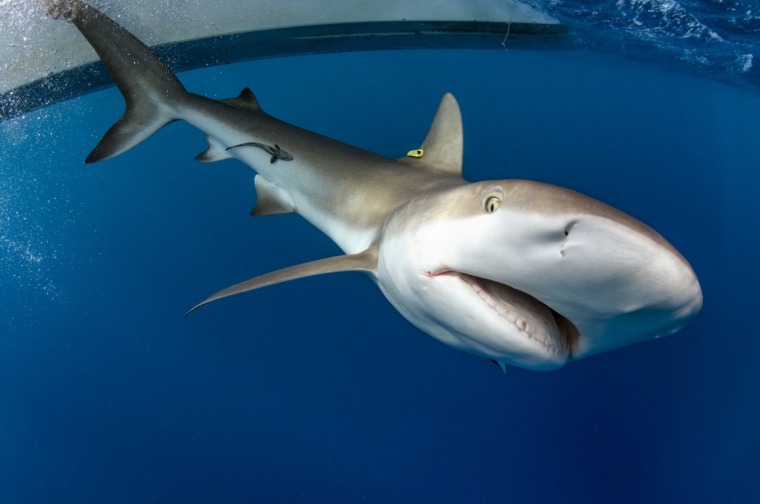

Caribbean reef sharks were overfished in Belize. The good news is that fishers, scientists, and government officials worked together to find a solution.

A new population of orange-fronted parakeets, one of the most endangered birds in New Zealand, has been established on a predator-free island.
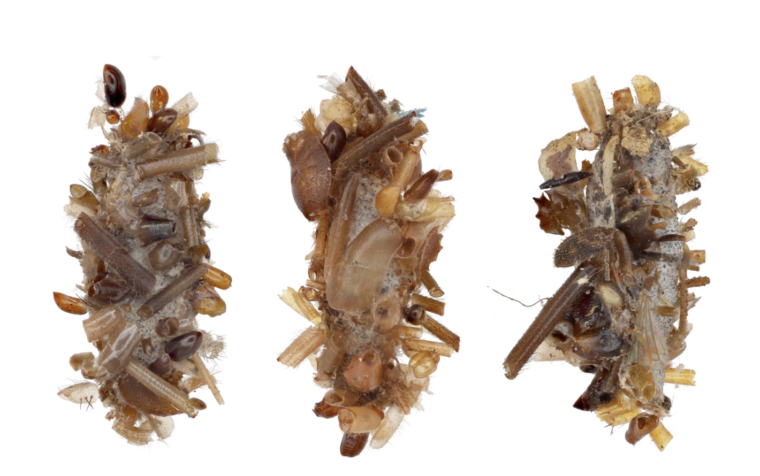
A new-to-science caterpillar lives in spiderwebs and decorates itself with discarded bits of spider prey.

Around the world, young people are taking action to help the environment. From tree planting to upcycling waste, these inspirational kids and teens show how it’s done.
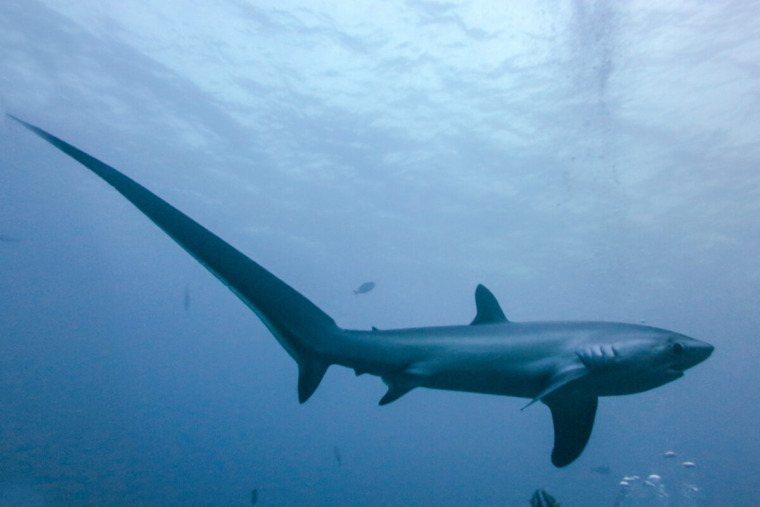
Shark fishers, researchers, and conservationists are experimenting with ways to reduce the overfishing of thresher sharks in Indonesia.

A group of California ground squirrels surprised scientists by stalking and pouncing on voles.

This is the first time chimp tool use has been recorded in Batéké Plateau National Park.
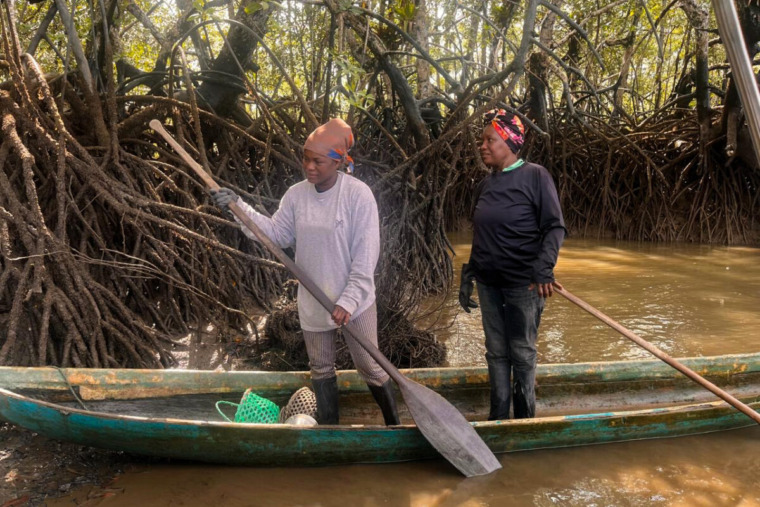
Piangüa mollusks are an ecologically, culturally, and economically important clam found in mangrove forests of Central and South America.

Ronan is better able to keep a beat than the average human, a new study finds.

Farmers in Konso, Ethiopia, are adapting to climate change by adding agroforestry and drought-resistant plants to their traditional terraced farms.

The leucistic purple-faced langurs are a tourism sensation.
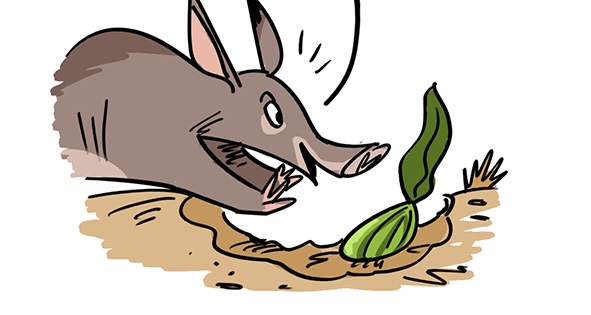
A new study has found more evidence that the African aardvark helps spread the seeds of an unusual African melon.